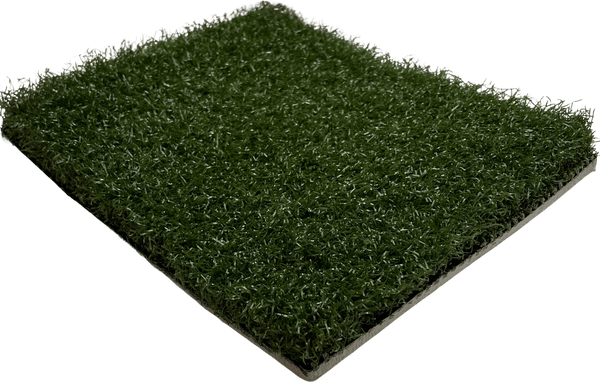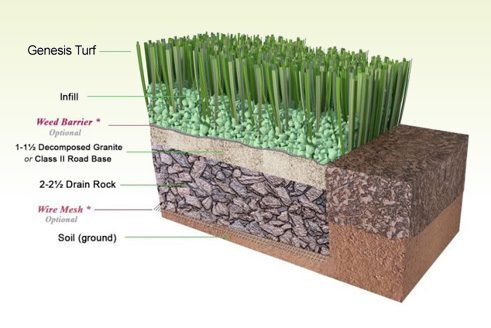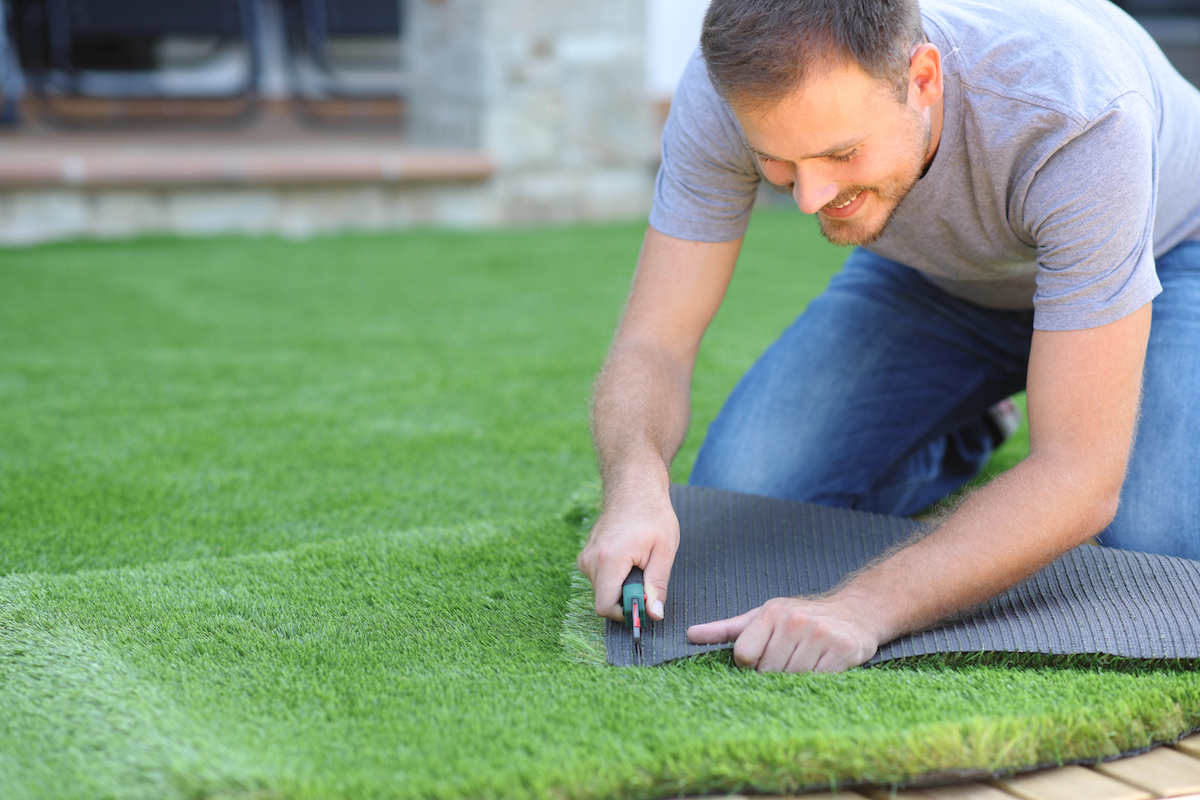Well-Known Phoenix Turf Companies Providing Superior Synthetic Grass Installation
Well-Known Phoenix Turf Companies Providing Superior Synthetic Grass Installation
Blog Article
Delve Into the Environmental Advantages of Opting for Artificial Grass Solutions
The fostering of man-made turf options presents an engaging opportunity to resolve pressing environmental difficulties. By considerably lowering water use and reducing the application of harmful chemicals, these options not just advertise sustainable landscaping however likewise protect regional ecological communities.
Water Conservation Perks
One of the most substantial advantages of artificial turf is its capacity to preserve water. In contrast, artificial lawn does not require watering, dramatically minimizing the general demand for water sources.
By getting rid of the need for routine watering, synthetic grass adds to lasting landscape practices and aids reduce the ecological impact of too much water consumption. The preservation of water extends to the reduction of overflow, which can lead to soil disintegration and river air pollution.
In addition, the installation of synthetic grass enables property owners and communities to allot water resources a lot more successfully, concentrating on important uses such as alcohol consumption water and farming. The shift towards man-made turf not only promotes responsible water use yet additionally straightens with more comprehensive ecological objectives intended at protecting natural deposits.
As communities progressively prioritize sustainability, the water conservation benefits of synthetic grass offer a compelling case for its adoption in household and business landscape design jobs.
Minimized Chemical Usage
The transition to man-made grass dramatically reduces the reliance on chemical therapies generally used in natural grass maintenance. Conventional lawn management normally involves the application of pesticides, herbicides, and plant foods to promote growth and control bugs. These chemicals can position threats to human health and wellness, neighborhood wildlife, and the environment, adding to dirt and water contamination.
In contrast, synthetic grass eliminates the requirement for these dangerous substances. As soon as mounted, it needs marginal upkeep, mainly including normal cleansing and infrequent infill replenishment. This reduction in chemical usage not only profits the immediate setting yet also adds to more comprehensive environmental security. By lessening the launch of synthetic compounds right into the environment, synthetic grass advertises much healthier soil and water systems.
Additionally, the absence of chemical overflow connected with fabricated lawn setups assists protect local rivers from air pollution, sustaining marine life and maintaining biodiversity. Phoenix turf companies. As neighborhoods progressively focus on sustainable practices, opting for synthetic grass presents a practical service that aligns with environmental preservation objectives. Via this change, residential property owners can take pleasure in rich eco-friendly rooms without compromising environmental health and wellness, leading the way for a much more sustainable future
Lower Carbon Footprint

Furthermore, the setup of artificial grass can cause substantial water conservation. All-natural lawns need considerable amounts of water for irrigation, which not just includes in the carbon footprint connected with water extraction and therapy yet also stress regional water sources. On the other hand, synthetic grass requires minimal maintenance, needing no watering, consequently considerably minimizing water use and its linked energy costs.
Furthermore, the longevity of synthetic lawn adds to its reduced carbon impact. With a lifespan of as much as 15 years or more, the demand i was reading this for frequent replacements is decreased, leading to less waste and reduced energy usage in manufacturing and getting rid of standard lawn options. Generally, synthetic grass provides a sustainable option for environmentally conscious landscaping.
Environment Conservation
Habitat preservation is about his a crucial consideration in the argument over landscaping choices, particularly when contrasting artificial lawn to all-natural yard. All-natural lawn yards typically require comprehensive upkeep, consisting of using herbicides, chemicals, and fertilizers, which can negatively influence regional ecological communities. These chemicals can leach into the dirt and waterways, damaging indigenous flora and fauna and interfering with neighborhood habitats.
Fabricated turf gets rid of the demand for harmful chemicals, therefore securing neighboring wild animals and keeping the honesty of bordering ecosystems. The installation of artificial turf can lead to the conversion of former grass locations right into even more biodiverse landscapes, such as pollinator gardens or native plant areas, which can sustain neighborhood wild animals.
Eventually, the shift to synthetic grass not just saves water and decreases maintenance efforts but additionally cultivates an extra unified partnership in between human tasks and the all-natural environment, promoting environment preservation at the same time.
Long-Term Sustainability
Long-term sustainability is a critical consider examining the benefits of synthetic grass over typical lawn lawns. Among the most significant advantages of synthetic grass is its resilience; it can last approximately 15-20 years with very little maintenance, whereas all-natural turf requires frequent reseeding and replacement. This longevity reduces the requirement for continuous sources, such as water, fertilizers, and pesticides, which are important for maintaining a healthy grass yard.
Furthermore, synthetic grass adds to a decrease in carbon emissions related to grass treatment equipment. Traditional yards frequently call for gas-powered lawn mowers, leaners, and blowers, all of which add to air pollution. Arizona turf. On the other hand, synthetic grass removes the need for such tools, advertising a cleaner setting
In addition, the production of fabricated grass significantly makes use of recycled materials, enhancing its sustainability account. As suppliers embrace green techniques, the environmental footprint of synthetic grass proceeds to reduce.

Verdict
The adoption of synthetic grass solutions offers considerable ecological benefits, consisting of substantial water conservation, minimized reliance on dangerous chemicals, and a reduced carbon footprint. Artificial lawn help in maintaining natural habitats by reducing land disturbance and advertising lasting sustainability via the usage of durable materials. Jointly, these factors underscore the capacity of synthetic grass to add favorably to ecological health and read wellness and provide a practical option to conventional landscape design methods in a progressively resource-conscious globe.
In comparison, man-made lawn does not require watering, substantially decreasing the total need for water resources. By reducing the launch of artificial compounds into the environment, synthetic lawn advertises healthier dirt and water systems.
In addition, the setup of man-made grass can result in significant water conservation. In contrast, man-made lawn needs very little maintenance, requiring no watering, therefore substantially reducing water use and its connected energy prices.

Report this page